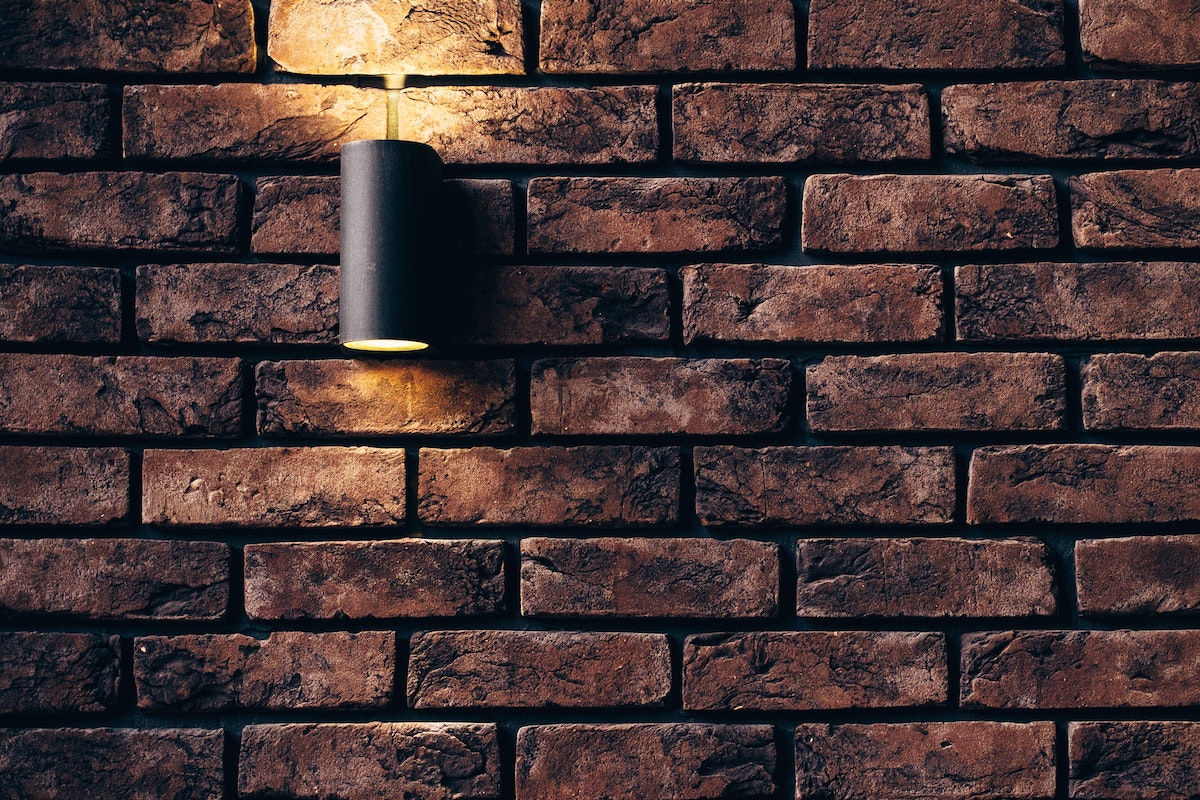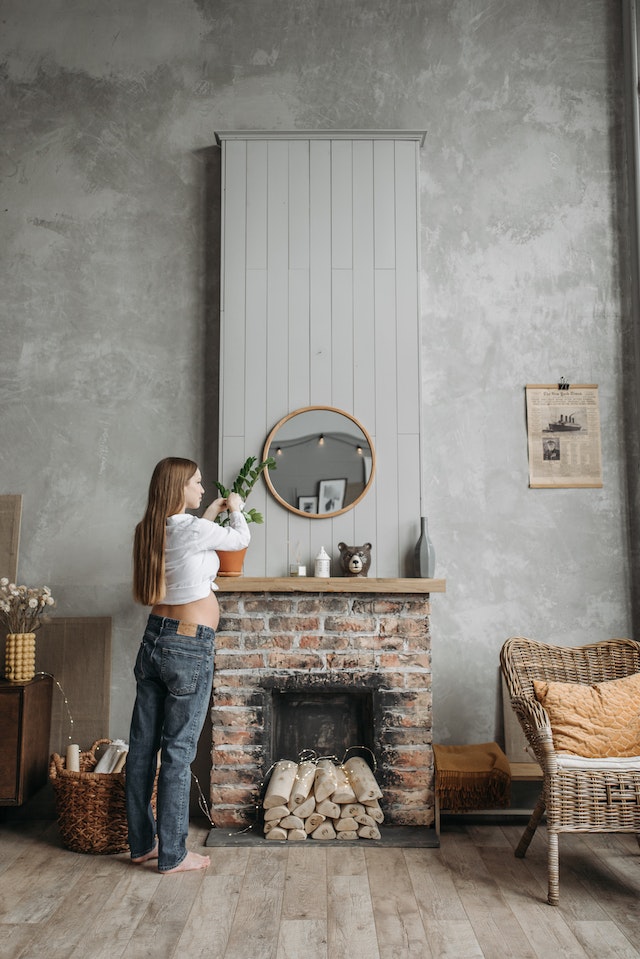
This article deals with the characterisation of hygienic properties of the earliest twentieth-century, mechanized clay bricks. Which are the representatives of the large numbers of historic buildings of North-Eastern Poland. As a result, the main focus is on the preservation of historical buildings built of clay bricks. As well as on replacement materials used during the reconstruction processes. Undoubtedly, the primary demands made of these construction materials are related to their longevity. Which is mostly a function of the textural and micro-structural characteristics of the materials used, their hygienic behaviour, and their strength.
Most bricks used in domestic buildings are made from clay. Various manufacturing processes are used to produce the various finishes, before being fired and baked in the furnace. Each moulding process requires different proportions of water to the clay to efficiently form a brick. Water is then added to the clay in the soil to produce a mass of plastic clay or temperate clay. They are to be formed into bricks through one of three moulding processes: hard mud, soft mud, and dry-press. Modern, fired clay bricks are formed in one of three processes: soft-mud, dry-press or extruded.
Because wet clay can be sticky, moulds used in the soft-mud process are greased with either sand or water. Producing bricks called sand-strike or water-strike. The dry-pressing process is similar to the soft-mud moulding technique. It begins with a much thicker clay mixture, thus producing bricks that are more precise and have a more defined edging. Wet-press is a much stronger brick, with smoother, tighter surfaces.
Pressed bricks are hand-stacked into kilns, with the heat from a nearby kiln, or the exhaust used to dry the bricks. After the baked bricks cool down and are removed from the kiln, mixing and packing take place. It involves mixing various colours and adding them to the bricks to get the desired results. In a nutshell, bricks are produced by mixing clay and water, shaping the mix to the desired shape, drying, and baking.
The colour of baked clay bricks is affected by the chemical and mineral contents of the raw materials, the temperature at which they are fired, and the atmosphere of the furnace. Although all bricks are made from clay, which is one of the richest naturally occurring mineral materials on Earth. High-quality bricks demand a particular quality of clay for its use. To start the process of making bricks, you need raw materials such as clay and shale. Bricks produced using this method can also be made using the same type of plastic clay used in the making of bricks manually. Meanwhile, bricks made using firmer plastic clays were found superior in virtually all aspects.
 All bricks and tiles made by hand are of this type, but the word plastic was also used for machine-made good. Especially those made from mud clays.The major difference between this and the rigid plastic process was a large amount of water added to the clay, necessitating thorough processing and careful drying. Leeds technical manuals were highly influential, and provide a wealth of information still helpful today. Properly, the term brick refers to a unit composed of dried clay but is also used now unofficially to refer to other blocks made by chemical curing.
All bricks and tiles made by hand are of this type, but the word plastic was also used for machine-made good. Especially those made from mud clays.The major difference between this and the rigid plastic process was a large amount of water added to the clay, necessitating thorough processing and careful drying. Leeds technical manuals were highly influential, and provide a wealth of information still helpful today. Properly, the term brick refers to a unit composed of dried clay but is also used now unofficially to refer to other blocks made by chemical curing.
Lightweight bricks are made of expanded clay aggregate. Unfired bricks, also known as clay bricks, are made of moist, clay-containing soil mixed with straw or a similar binding agent. Bricks are red because the clay from which they are made contains iron oxide. More commonly known as rust, it is an important of process. The red pigments in bricks were used as a chemical catalyst, however, it requires a lot of processing to make sure that the isolated iron oxide is pure.
For Extruded Bricks, the clay is mixed in the kiln with 10-15% water (stiff extrusion) or 20-25% water (soft extrusion). Manufactured bricks begin with unprocessed clay, preferably mixed with 25-30% sand for reduced shrinkage. The ideal clay for bricks must have the malleability for shaping and moulding. It also needs sufficient strength to hold its shape once formed. It should be capable of bonding at appropriate temperatures.
The direct strength of clay bricks against freezing-thawing cycles has been studied by researchers for different properties. Although literature regarding the physical properties of both the bricks produced today and those historically recorded is relatively abundant. Only a few authors specify the particular substitute materials which can be used in conservation processes. These tests were conducted on clay bricks from historical buildings. It is to determine the relationships between materials used in the past and the replacements produced currently.
The results indicate that house exterior wall materials, including clay bricks, make a very small contribution to overall greenhouse gas emissions caused by a home. They provide important insights into LCA methodologies that could someday be used for regulatory purposes in the brick industry. During the extrusion process, the brick is punched to decrease the production time. Time required for drying, firing, and cooling the finished product. During the baking process, bricks are baked at temperatures ranging from 1,000C to 1,200C. The temperatures differing depending on the clay used and aesthetic requirements.
The practice of vapour bricks is when bricks made from only dry clays and shale are exposed to a pressurized bath of steam that seeps into the core. The first bricks were dry, meaning that they were formed of clay-bearing soil or clay-mud, and dried out until strong enough to be used. Wire-cut bricks were also slower to dry. The clay being so moist that the green bricks were dried out in the kiln before being fired. This caused shrinkage, lack of uniformity, and blunt arches.



